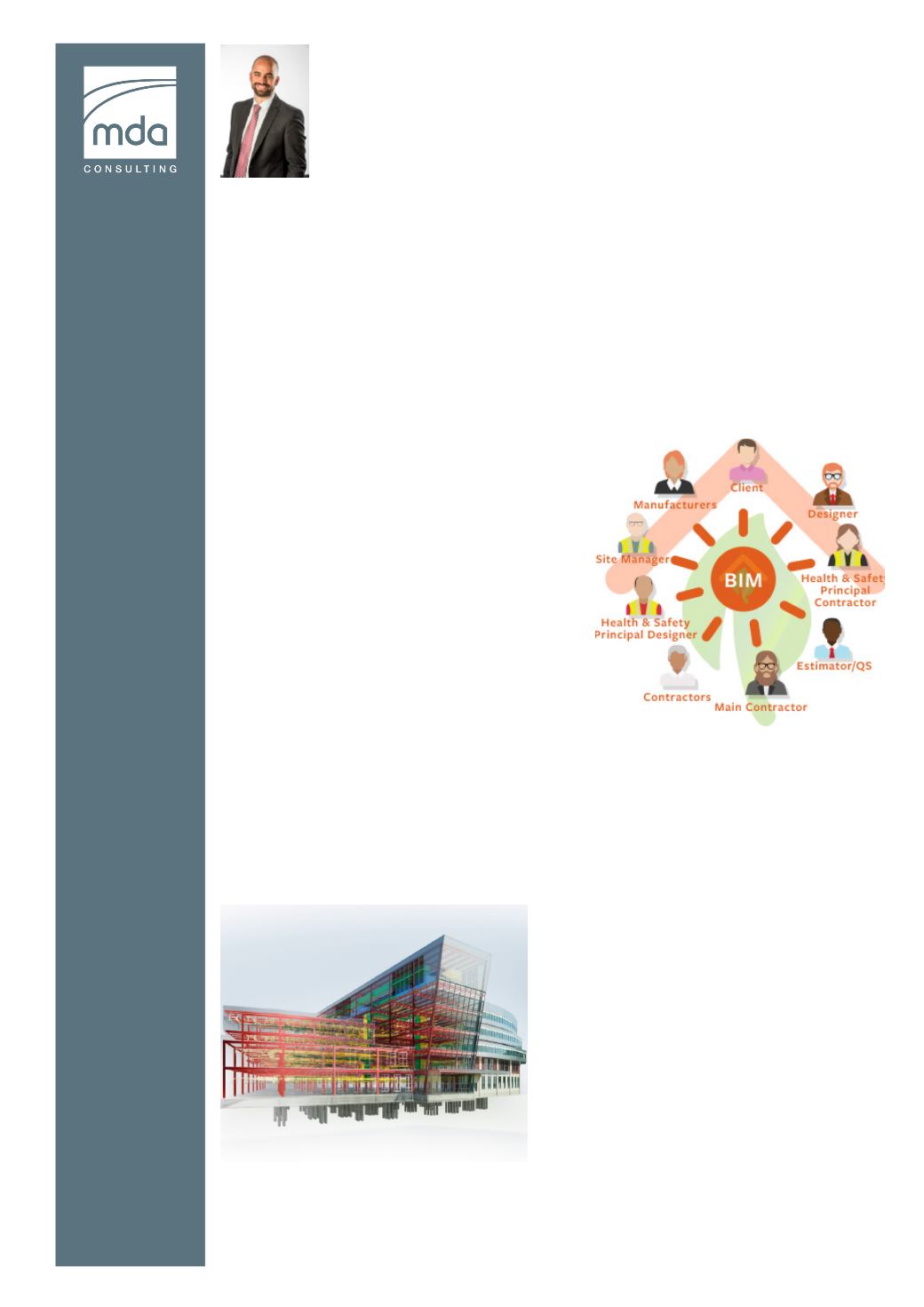
Chris Bees, Associate Director
BIM for Quantity Surveying has had a pretty slow start, yes there are big infrastructure
projects out there that have been benefiting from BIM but generally speaking most QS
firms aren’t getting involved.
But before we get started the best thing to do when talking about BIM is describing what
it is! The RICS describe BIM as
“Building information modelling (BIM) gets people and
information working together effectively and efficiently through defined processes and
technology.”
But to be honest that doesn’t really tell you much. That’s the problem with
BIM at the moment it has different meanings depending on who you are and what you
do.
Put simply BIM is a process of combining
different disciplines into one structured plan.
Each part of the process is combined into
the BIM Execution Plan (BEP) so that all
the information can be used and viewed by
everyone else in the process using defined
and fixed procedures. BIM fundamentally is a
means of making the process fully collaborative
with aim of improving efficiency.
An essential part of this process has been 3D
design and the benefits of one source model
with input from all elements of the design team
(architect, structural and M+E). Fundamentally
each part of the design process working
together.
The work in the 3D environment has moved on rapidly but the benefits to Quantity
Surveyors haven’t always been clear. However now with the availability of new
software QS’s can use the embedded information to extract quantities and specification
information. The ability to schedule speeds up the process massively but probably more
importantly is the ability to track changes and update cost plans almost instantaneously.
Some may think then that this will end the
need for a Quantity Surveyor, one day this
might be the case but certainly not yet. The
raw data that can be extracted from the
models needs to be refined and processed
before it can be used. The expertise the
Quantity Surveyor brings is knowing how to
use this raw data. The information needs to
be organised into documents that can be
priced and all the items that aren’t captured
from the model need to be accounted for.
Working with composite items and bespoke
elements further relies on the Quantity
Surveyor’s skill and expertise to ensure the
right costs are attributed.
BIM REPORT


